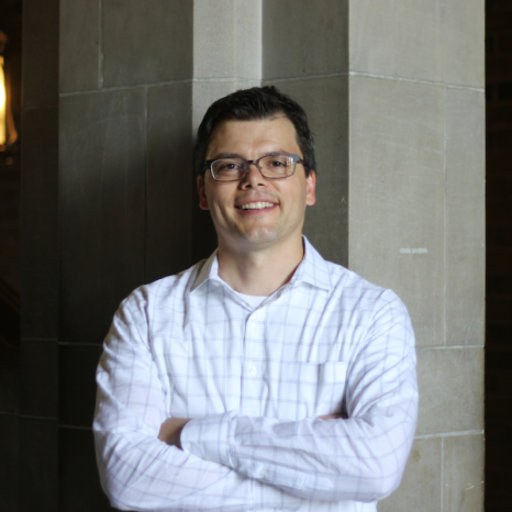| Line 59: | Line 59: | ||
</tr> | </tr> | ||
<tr><td colspan=6 align=left valign=center> | <tr><td colspan=6 align=left valign=center> | ||
| − | <font size=7 color=#51a7f9><b style="color: #51a7f9"> | + | <font size=7 color=#51a7f9><b style="color: #51a7f9">Human Practices (Gold)</b></font> |
</td> | </td> | ||
</tr> | </tr> | ||
| Line 69: | Line 69: | ||
</td> | </td> | ||
</tr> | </tr> | ||
| − | |||
| − | |||
| − | |||
| − | |||
| Line 78: | Line 74: | ||
<h3><a class="myLink" href="/Team:TUDelft">iGEM TU Delft</a></h3> | <h3><a class="myLink" href="/Team:TUDelft">iGEM TU Delft</a></h3> | ||
<p> | <p> | ||
| − | + | We had the chance to interview and talk with Dr. Keith Pardee on September 21th via Skype. He | |
| + | was impressed with our project and gave us very useful feedback. One of his suggestions was | ||
| + | that we tried to make our device as easy as possible in the beginning and then get to the next | ||
| + | level of complexity. For that reason, he suggested us to use first purified RNA that mimicked our | ||
| + | target and at high concentrations, instead of considering using human samples. We followed his | ||
| + | recommendations and could detect the 16S ribosomal subunit from Escherichia coli, from | ||
| + | purified total RNA and in vitro RNA. When we asked him about our readout ideas (fluorescence | ||
| + | and colorimetric), he told us that the fluorescent readout would be enough to prove that our | ||
| + | device worked. Also, he recommended us to implement trehalose as a cryoprotectant in our | ||
| + | method to lyophilize Cas13a into our paperstrip.</p> | ||
</td> | </td> | ||
<td colspan=2 align=center valign=center> | <td colspan=2 align=center valign=center> | ||
| − | + | <img src="https://i1.rgstatic.net/ii/profile.image/AS%3A411862849081350%401475207163702_xl/Keith_Pardee.png" alt="Keith Pardee"> | |
</td> | </td> | ||
</tr> | </tr> | ||
Revision as of 17:49, 17 October 2017
| |||||||||||||||||||||||||||||||||||||||||||||||||||||||||
| |||||||||||||||||||||||||||||||||||||||||||||||||||||||||




